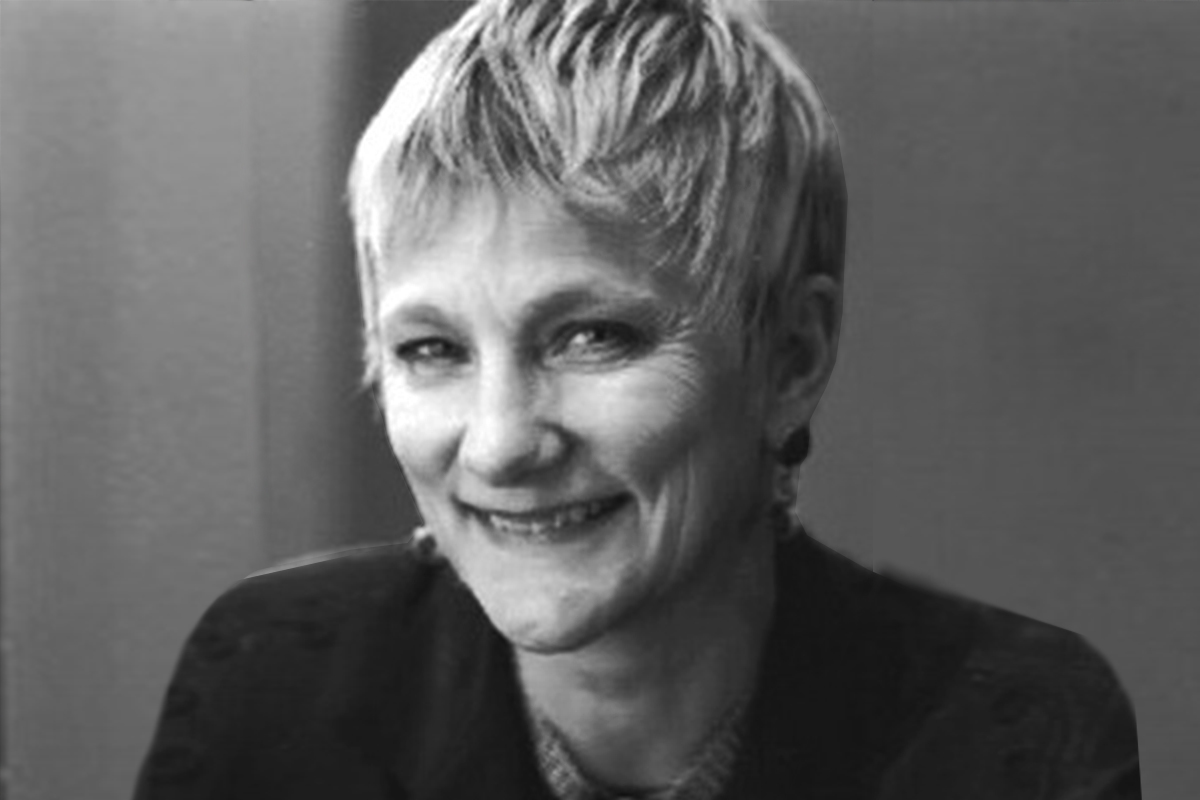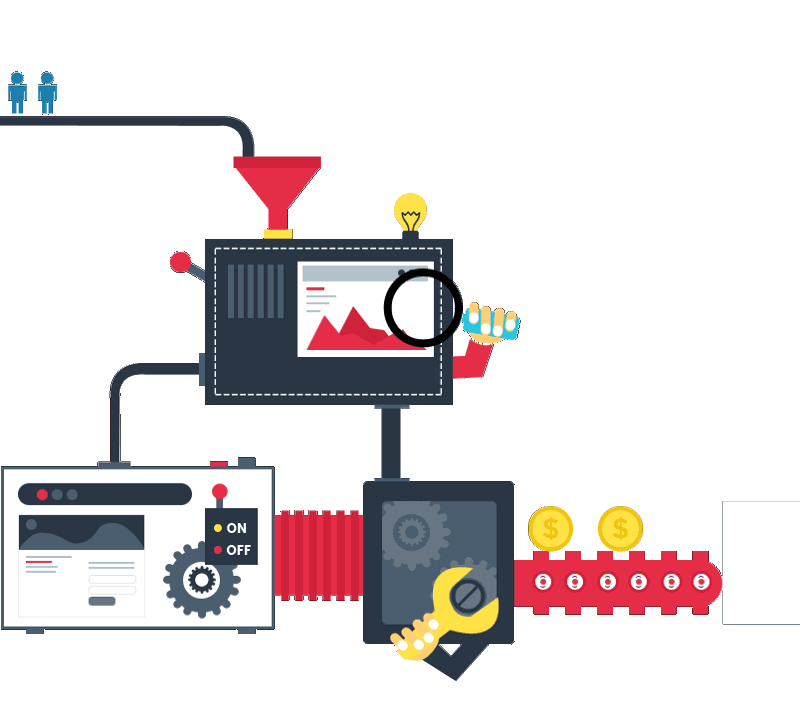
[vc_row][vc_column width=”1/1″]
Overview
From programming languages,and code review, to professional visual design, women have been contributing to the evolution of computing over the years. Success! How often do we hear this word around here? But what does this mean to us? Fame, money, reputation, recognition – all of these are things we can usually apply to success. And it’s absolutely right. The question is, how CAN we manage to be successful? Positioning yourself as a leader is the first step to victory. And the more you leap out of your comfort zone, the more likely you’ll find a solution or a glittering opportunity. The IT sphere is one of the most profitable businesses areas in the world.
[announce]
This is the mans world, but it would be nothing without a woman or a girl.
While it mainly men’s field, women took an active part in developing, structuring and integrating their knowledge into technologies around the globe. In this quantitatively male-dominated industry finding female role-model in tech can be difficult, though you should never underestimate the woman’s influence in our time. A lot of powerful corporation hired and still looking for smart, intelligent female professionals, who possess ingenious, life-changing ideas and endless amount of enthusiasm. March is known for Women National History Month, so let’s take a look at some successful stories that might inspire you to become another innovator in the team “W”. Risk-taking is likely to pay-off so dream BIG.
Big names worth your attention
Sheryl Sandberg [Facebook COO], Mark Zuckerberg’s #2; remains crucial to the company’s long-term strategy. Famous for her Ted speech in 2010 “Why we have too few women leaders”; oversees the business operation including sales, marketing, business development, HR, and policy. Her new way of advertising brought the huge amount of profit to FB.

Ginni Rometty [Chairman,IBM CEO], included in “50 top most influential women” list by Bloomberg Market and Forbes magazine “World 100 most powerful people” in 2014. Pledged to invest $1B in the development and commercialization at the cognitive computing system. Her credo is “Having a regular discipline is a key”.

Marissa Mayer [CEO Yahoo] 16th most influential women in 2014 by Fortune Magazine, graduated from Stanford with specialisation in artificial intelligence, worked at Google and was responsible for Google Search, Images, Tools, Books, Maps, News, iGoogle and Gmail. She taught introductory computer programming at Stanford. Became one of the most popular women in technology in 2013 and has been included in 3 lists of Fortune Magazine at the same time.

Renee James [Business executive, President of Intel Corporation]. Has decent and broad knowledge in manufacturing, security, software and services and other aspects of the computing industry. James is Vice-Chair of the President’s National Security Telecommunications Advisory Committee. She also serves as a non-executive director on the Vodafone Group Plc Board of Directors and is a member of the Remuneration Committee. In January of 2015, James announced that she started to build a pipeline of females and other underrepresented computer scientists, including funding projects teaching STEM (science, tech, engineering,math) to young people.

Anita Borg [Creator of Systers mailing list, director of Institute for Women and Technology] was an American Computer Scientist and founder of Grace Hopper Celebration of Women in Computing. Her goal-oriented program included: bring non-tech women into design process, encourage more women to become scientists, help the industry and the government accelerate these changes.

Some interesting facts:
- Women placed 26% of the computing workforce as of 2014
- Professional women earn 73 cents to the dollar compared to men
- Back in 1980’s, 37% of computer science majors were women, while in 2013 – only 18%
- Google’s females workforce is only 30%, Yahoo-37%, Facebook-31% and LinkedIn who employs 39%
- 20% of software developers are women
Pieces of equation
As we can see, women have been able to attain reasonable goals not only in tech sphere but went beyond their expectation. There’s still a lot of areas that need to be improved. The solution is pretty easy, though: we can move ahead and lay the groundwork for turning our conceptual thought into a fruitful reality. Aim higher and shop your ideas around to audience who can actually effect change and help open professional doors for you. Success is much closer than we think. As they say, don’t quit five minutes before the miracle.[/vc_column][/vc_row]


